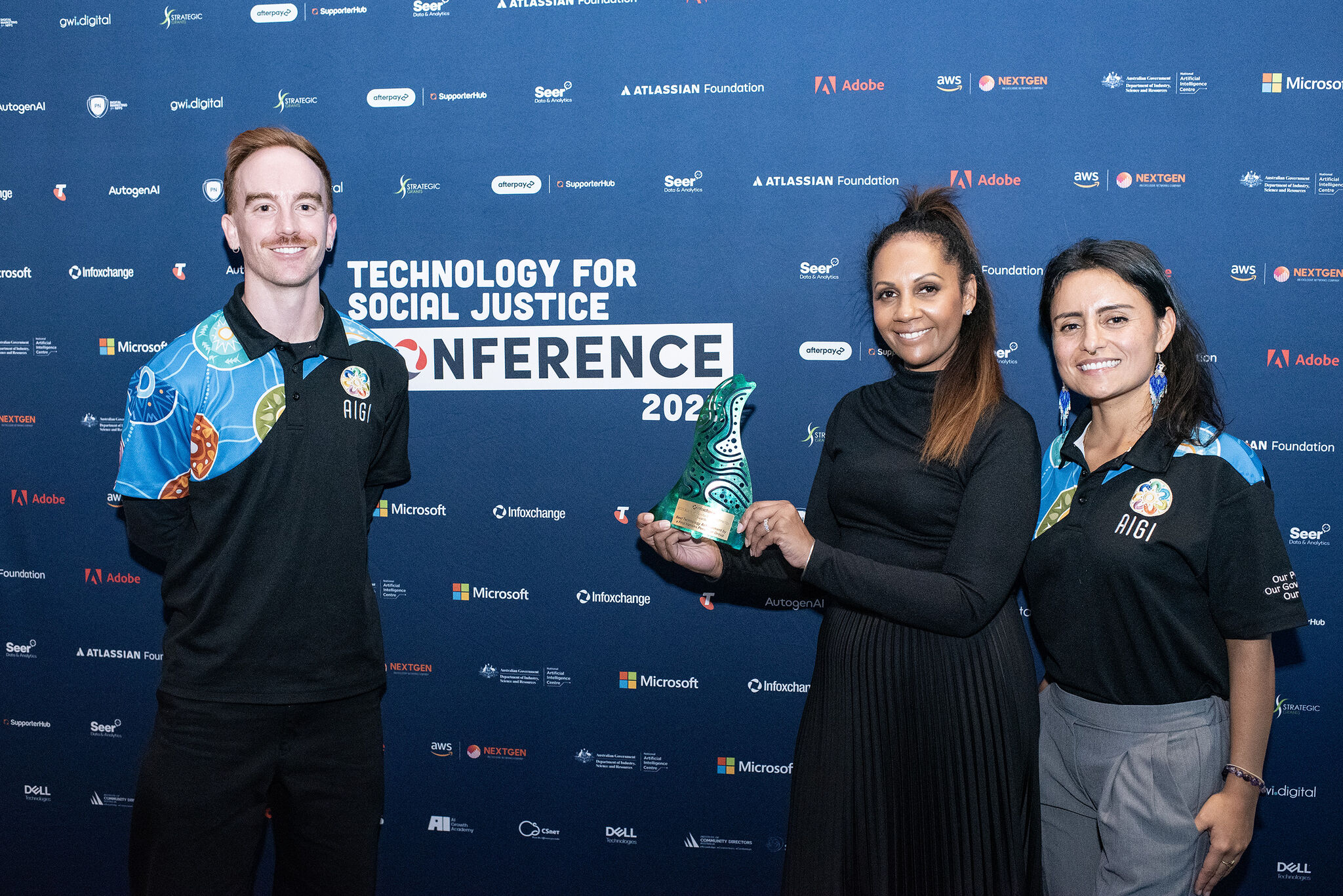In this annual forum we invite you to join us to explore Indigenous governance, and the structures, systems, and processes by which different First Nations peoples have framed leadership, culture, social and econo...
Cultural safety at the Secretariat of National Aboriginal and Islander Child Care (SNAICC)

The Secretariat of National Aboriginal and Islander Child Care (SNAICC) see cultural safety as:
“Respectful internal and external relationships between Aboriginal and non-Aboriginal people that values cultural knowledge, experience and advice … Cultural safety enables everyone to live and express their cultural identity that is respected and valued in the workplace.”3Australian Indigenous Governance Institute and Reconciliation Australia, Strong Governance Supporting Success: Stories and Analysis from the 2016 Indigenous Governance Awards, (Canberra: Australian Indigenous Governance Institute, 2018, Prepared by A. Wighton), 21.
Their 2014–2017 Cultural Safety Action Plan outlines eight principles and values that make their vision of cultural safety:
1. Building trust, respect and mutual understanding for good working relationships.
2. Recognition of the many complexities in the environment of an Aboriginal organisation.
3. Commitment to self-determination for Aboriginal and Torres Strait Islander peoples.
4. Recognition of the impact of dispossession, colonisation, removal of children from their families and other laws, policies and practices on Aboriginal and Torres Strait Islander peoples and communities.
5. Respect for diversity of Aboriginal and Torres Strait Islander cultures and peoples.
6. Respect for non-Indigenous cultures and peoples.
7. Valuing knowledge, experience and expertise of Aboriginal and Torres Strait Islander staff.
8. Listening with an open mind and heart to hear the perspective of others.
To support and implement the principles and strategies in their Cultural Safety Action Plan, SNAICC developed a Cultural Safety Leadership Group. This group includes both Aboriginal and non-Aboriginal men and women. SNAICC also have an appointed ‘cultural safety manager’. This person looks after internal cultural safety matters. It has also established a cultural safety implementation working group. SNAICC board members also act as cultural mentors for staff.4Australian Indigenous Governance Institute and Reconciliation Australia, Strong Governance Supporting Success: Stories and Analysis from the 2016 Indigenous Governance Awards, (Canberra: Australian Indigenous Governance Institute, 2018, Prepared by A. Wighton), 27.
SNAICC’s commitment to cultural safety is documented in their strategic plan. Pillar 5 of the plan – to achieve a strong and effective national peak body for children – focuses on prioritising cultural safety and Aboriginal and Torres Strait Islander employment. Read the strategic plan on the SNAICC website.






.png)

